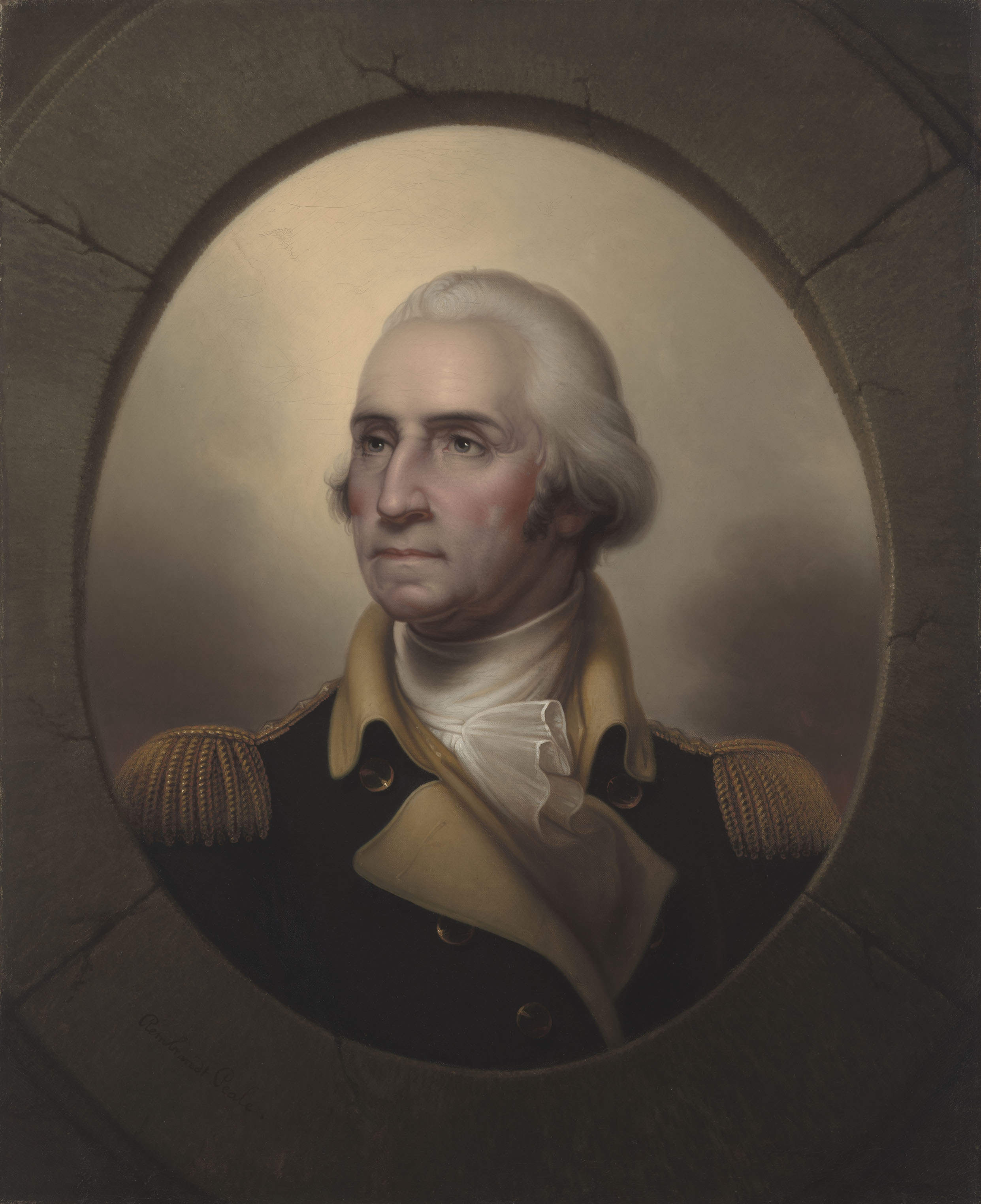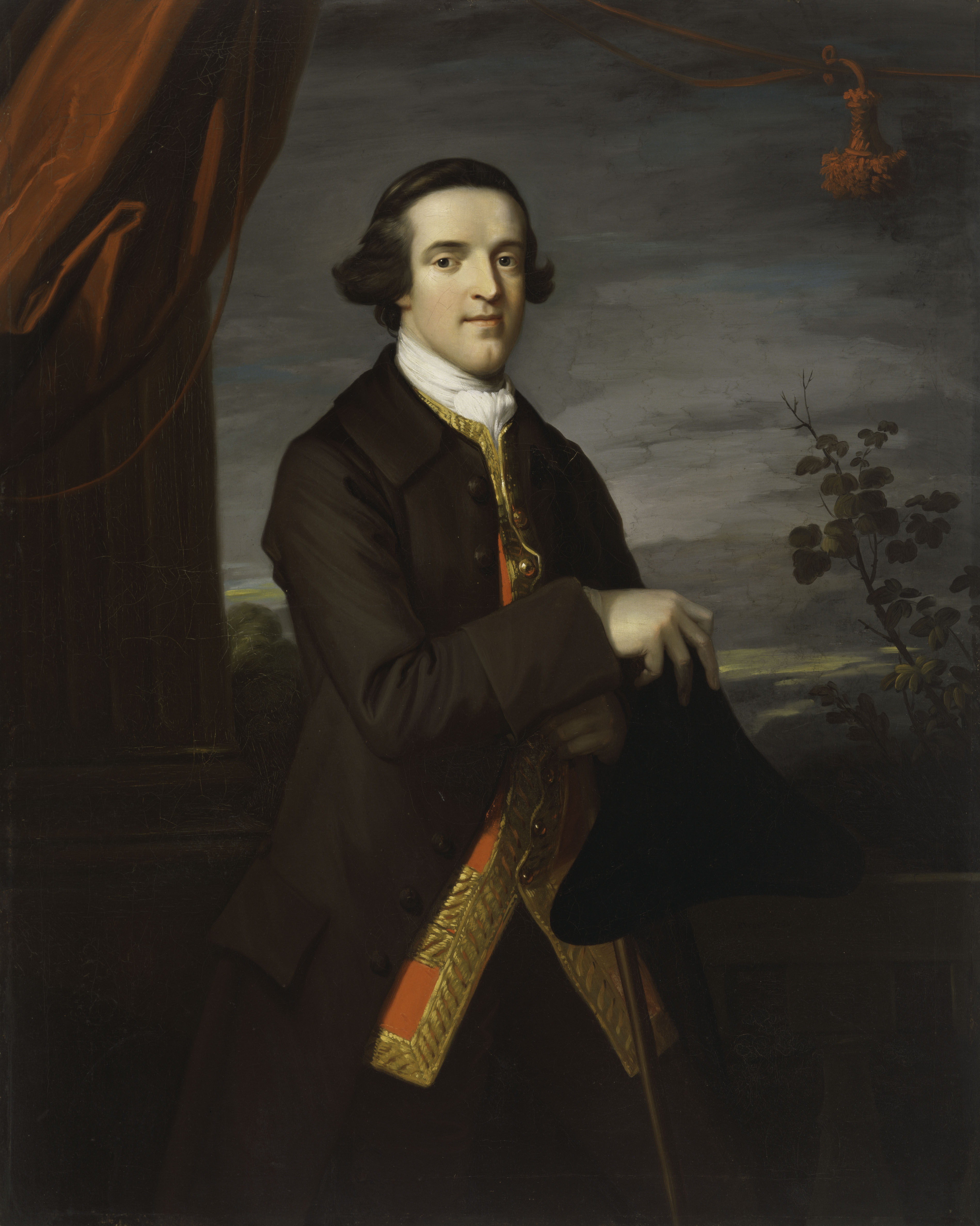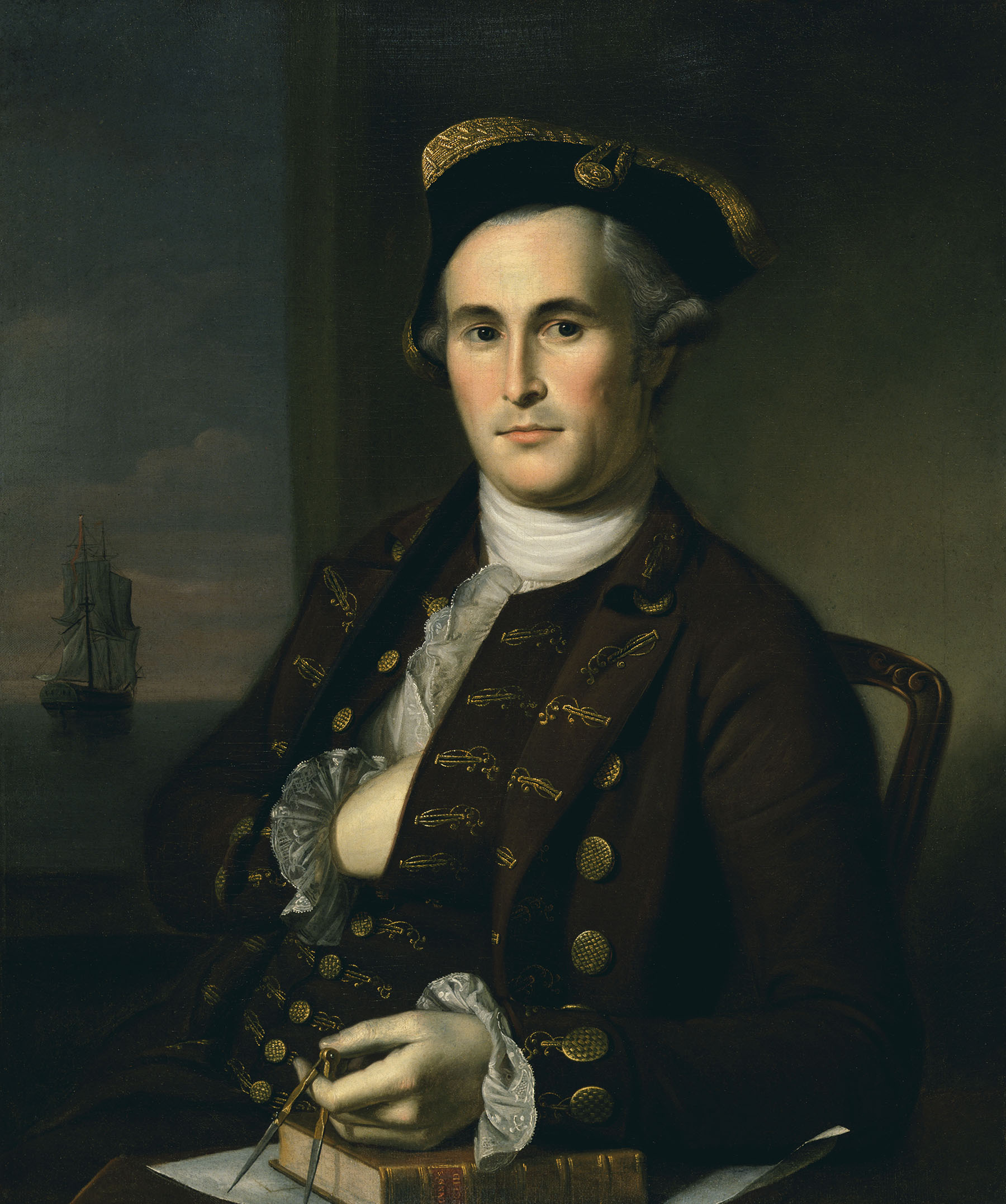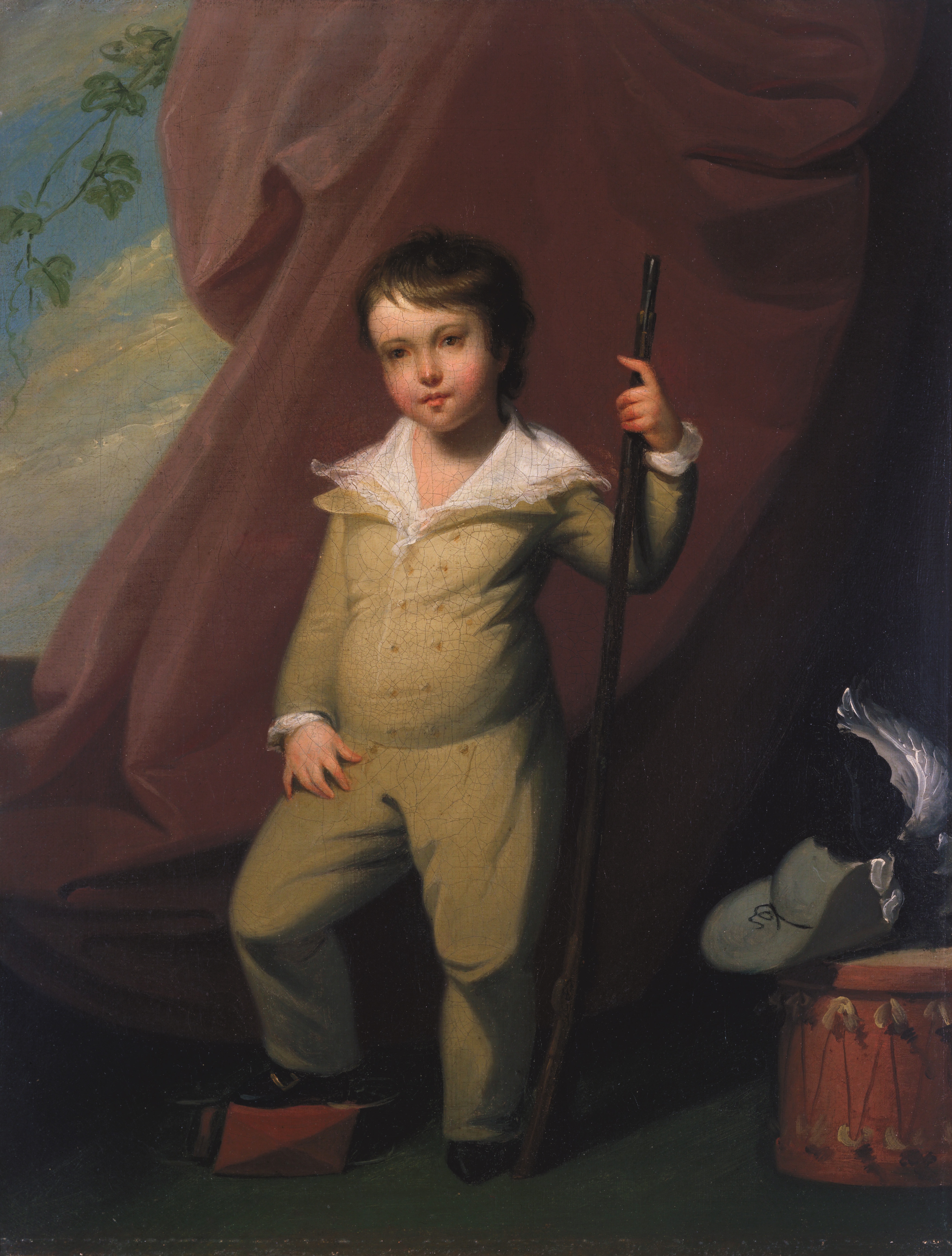William Vassall and His Son Leonard
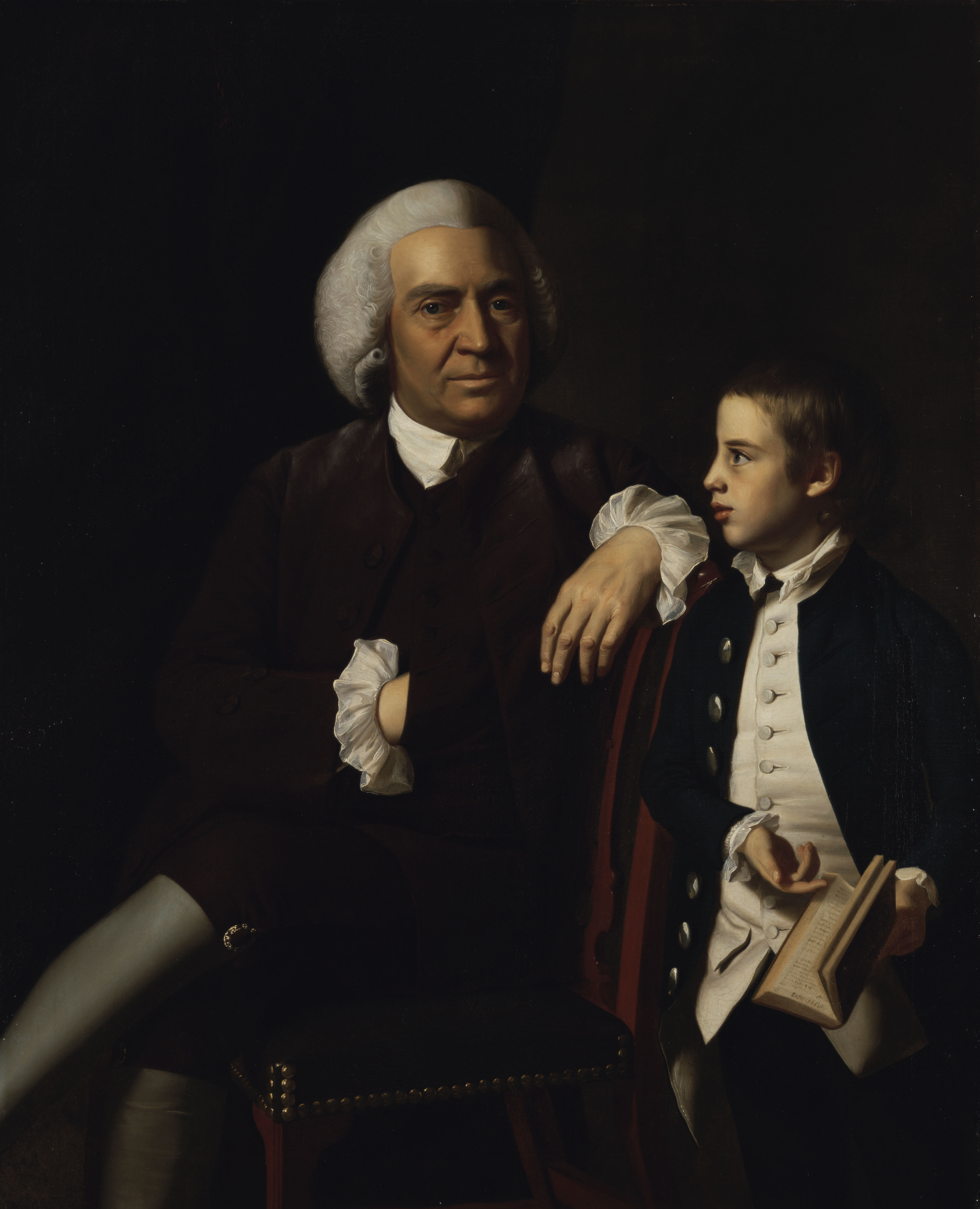
What did you learn from your parents?
William Vassall’s wealth came from his family’s plantations in Jamaica, and he was known for his luxurious lifestyle. He is shown here with his son Leonard, who stands beside him and gestures to an open book he is holding. Sargent delineated the details of their finery, such as the son’s polished metal buttons and the father’s smooth silk stockings, and even a dusting of wig powder on his shoulders.
